In no particular order – ten of the most attractive attractions for shoppers at 34 South
34 South Home of the Knysna Oyster

165,000 years of Oyster Attitude (Oystertude?) at 34 South
You could say that oysters rate amongst the foods that contributed the most to the development of the modern human brain. Certainly they feature prominently in the findings of the Mossel Bay Archaeology Project, which have shown that seafoods – and the Omega-3 fatty acids they contain – were first harvested systematically here in the Southern Cape (that is, on the 34th Parallel) 165,000 years ago.
It was those Omega-3s that made all the difference, and led directly to the development of our brains in their present form. And if man’s been eating oysters for 165,000 years – and if we’ve come this far – why stop now?
Wild Oysters – Striostrea margaritacea
The choice of the ancients, and a tasty choice indeed, the wild oysters we serve grow only on the coast between Cape Agulhas and the Transkei. They’re fleshy, flashy, and easily distinguished by their unevenly-shaped shells.
Commercial collectors are licensed and strictly controlled – although you, as an individual, may collect up to 25 a day (if you have a valid fishing permit). Or you can take the easy way out and eat them at 34 South -safe in the knowledge that we’re scrupulously careful about ensuring that our products are as tasty and attractive as they’re legal and environmentally friendly.
Cultivated Oysters – Magallana gigas
The choice of most commercial growers around the world, Pacific or cultivated oysters originated in the Sea of Japan.
They’re just as fleshy and flashy as wild oysters, but you can identify them by their even shape and the frilly, fan-like protrusions on their pretty, greenish shells.
The cultivation of oysters began in Knysna in the late ‘40s, but it wasn’t until the ‘70s that the Pacific Oyster arrived on our shores (so to speak) and farming became commercially viable.
Today they’re grown on inter-tidal racks or in cages suspended beneath the surface of the water in Saldanha Bay, Knysna, and Port Elizabeth.
- Attention! Attention! The best way to eat oysters? – Freshly shucked. They're at their best within 5 to 10 minutes of being opened.
Find out more about our oysters here: Oysters @ 34
Coastal oyster harvesting – an alternative approach
An open letter to Marine & Coastal Management:
Wild oysters are presently harvested in the intertidal zone, in a somewhat indiscriminate method that permits the use of crowbars – which harms all the sea life surrounding each oyster. Also, all license holders in any given area have equal access to the resource, which often leads to overexploitation. 34 South would support a system in which license holders were allocated particular sections of the coast, and given the task of properly managing and conserving the oysters in it under pain of losing their licenses. In this way, wild oyster harvesting would become more sustainable, and sub-tidal harvesting (up to 3–5m ) would become viable – which would aid in preserving the fragile – and vital – intertidal zone.
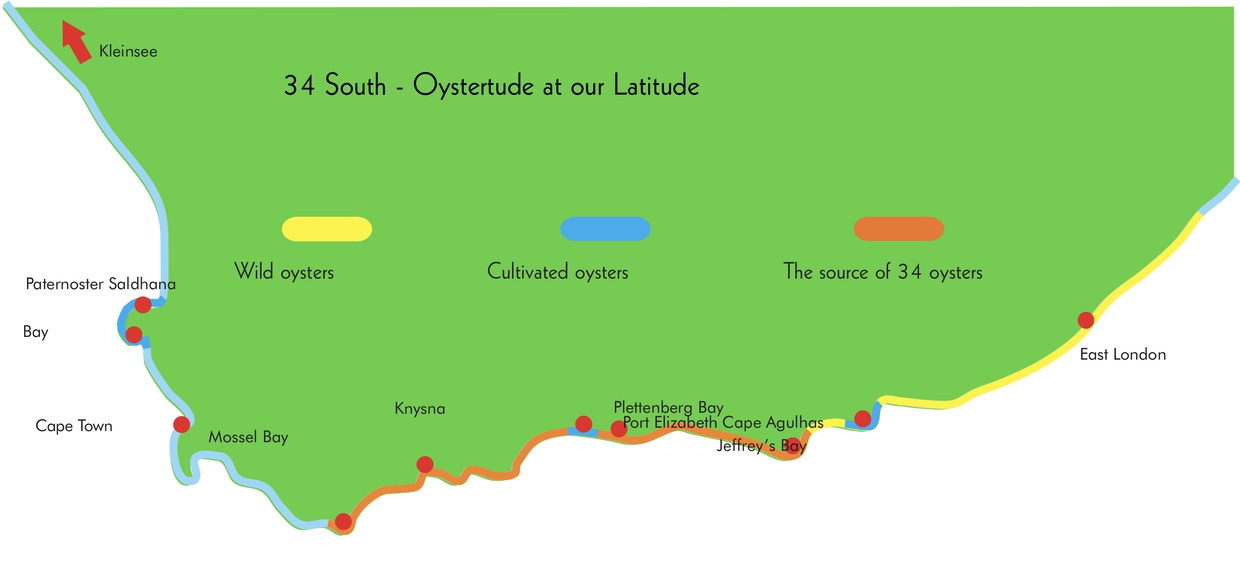
Further Reading
In no particular order – ten of the most attractive attractions for diners at 34 South
Our distinctive spirit explained and explored for our team


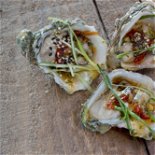
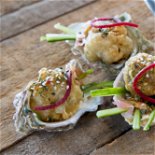
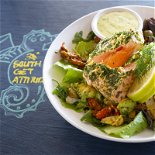
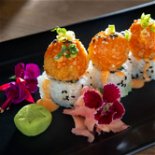



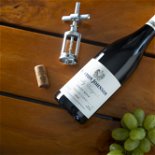
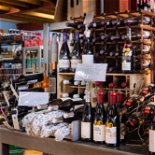


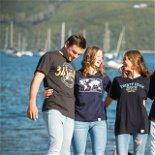

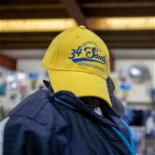
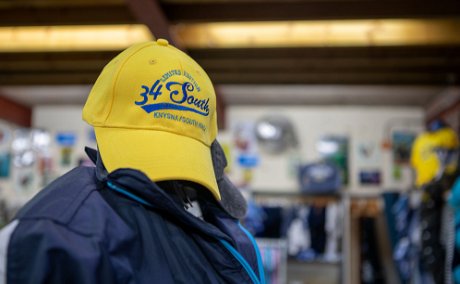
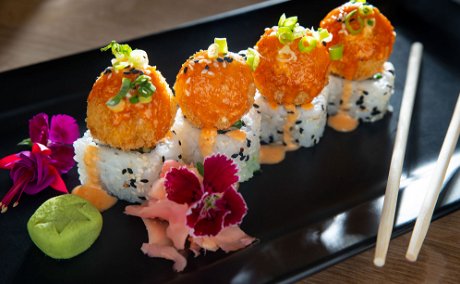

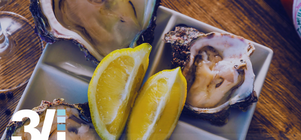
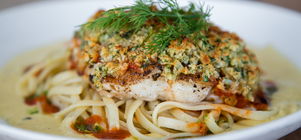

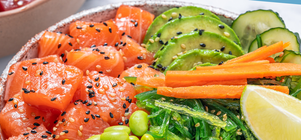
Share This Post